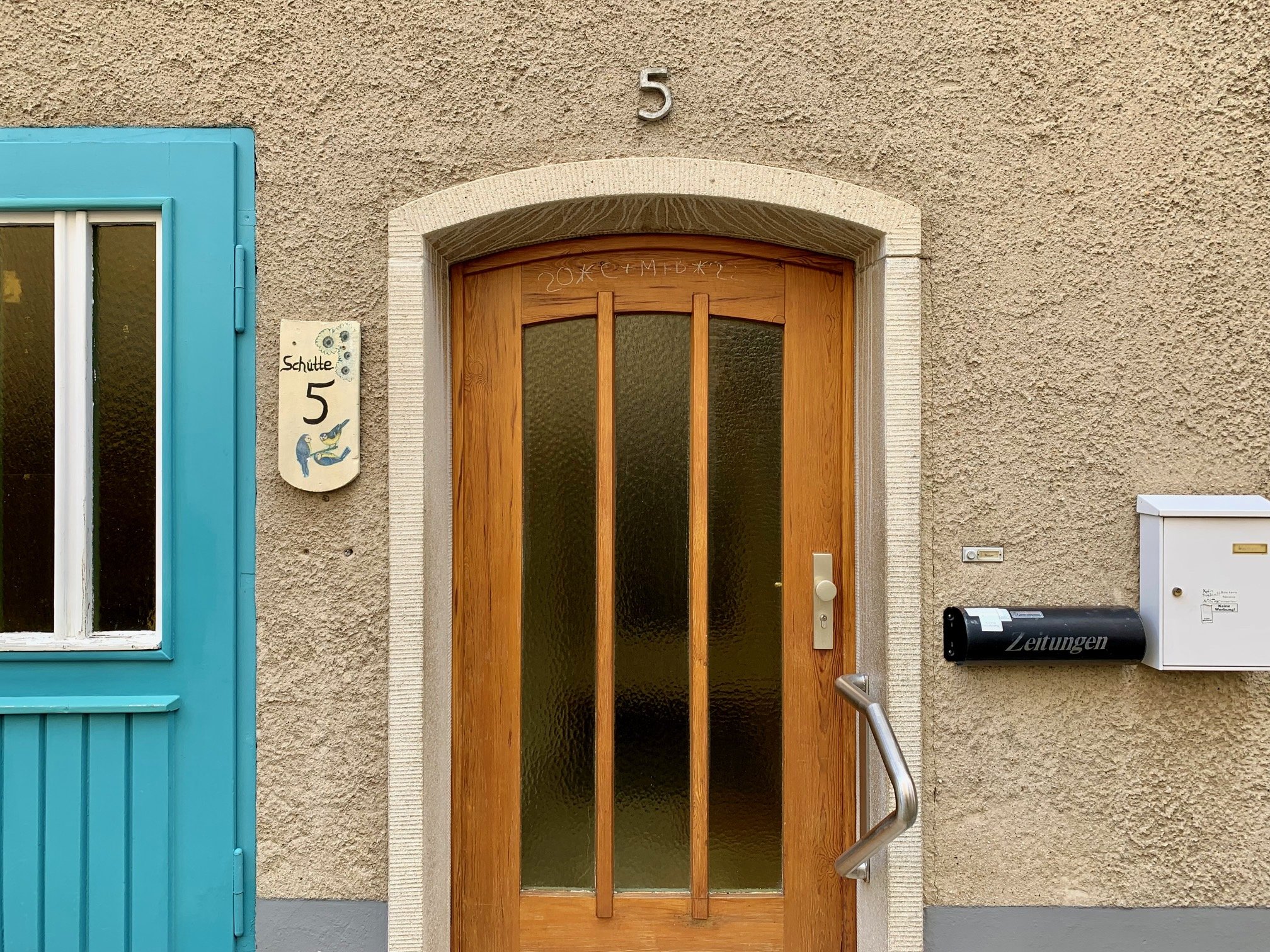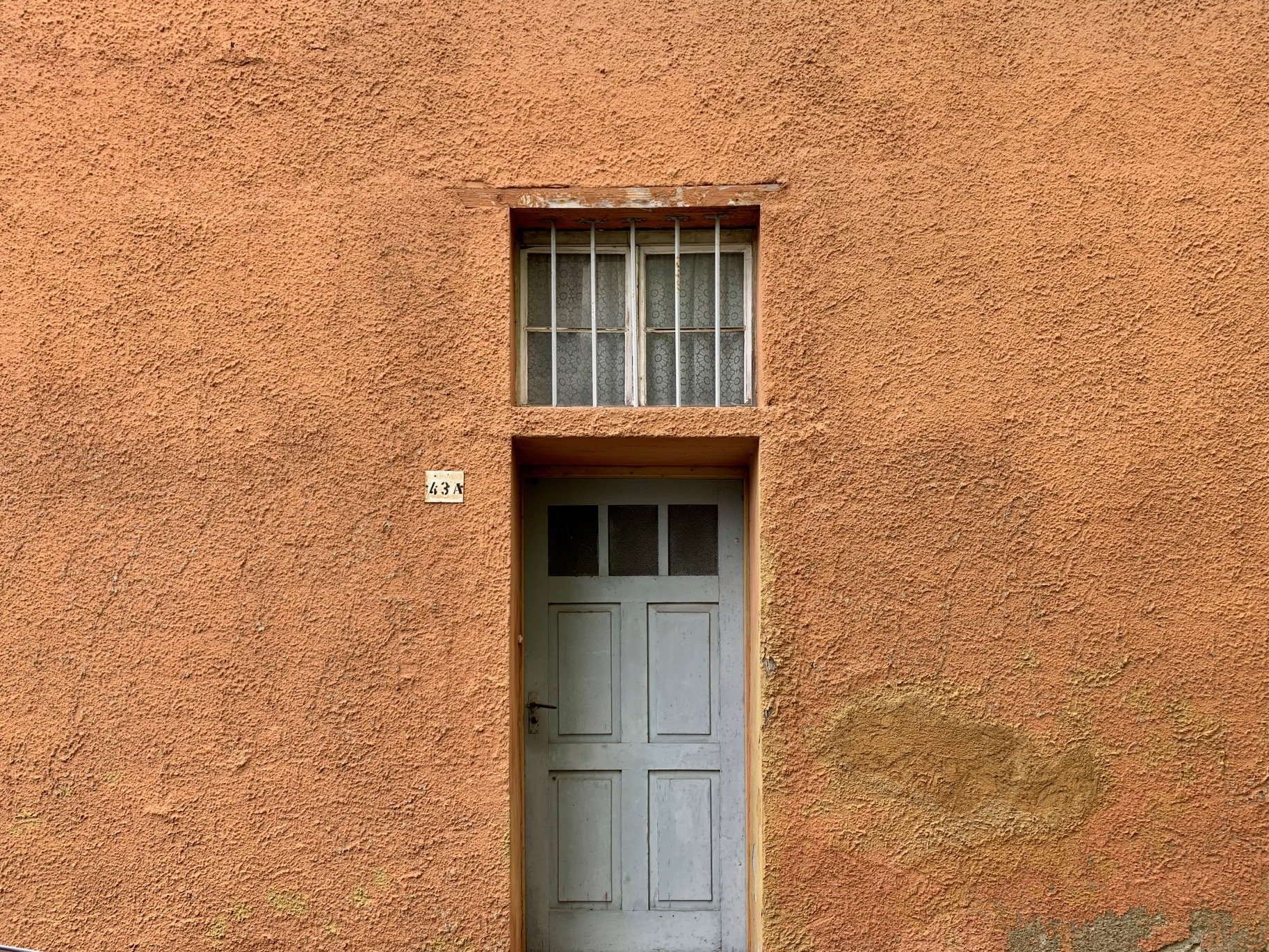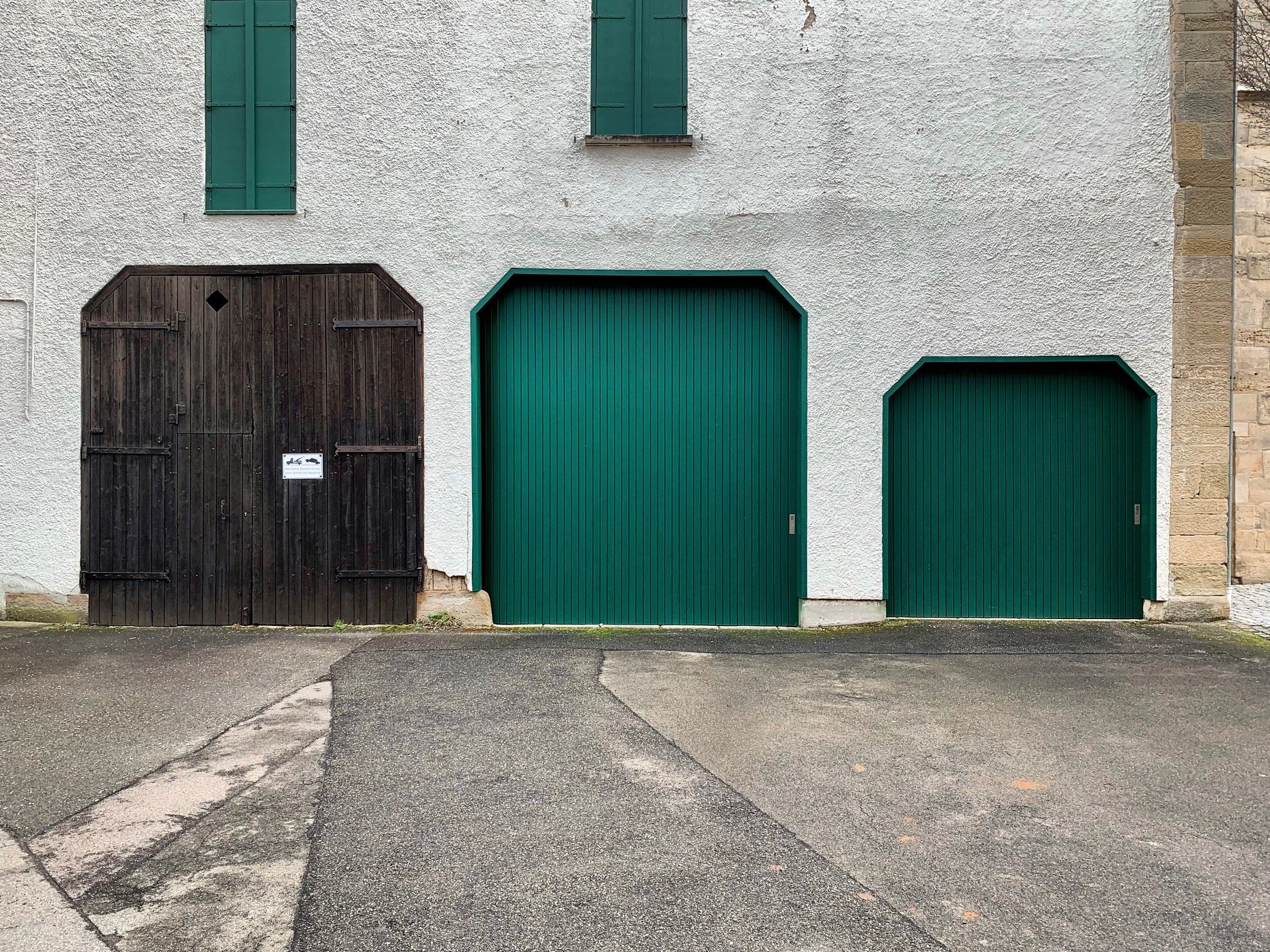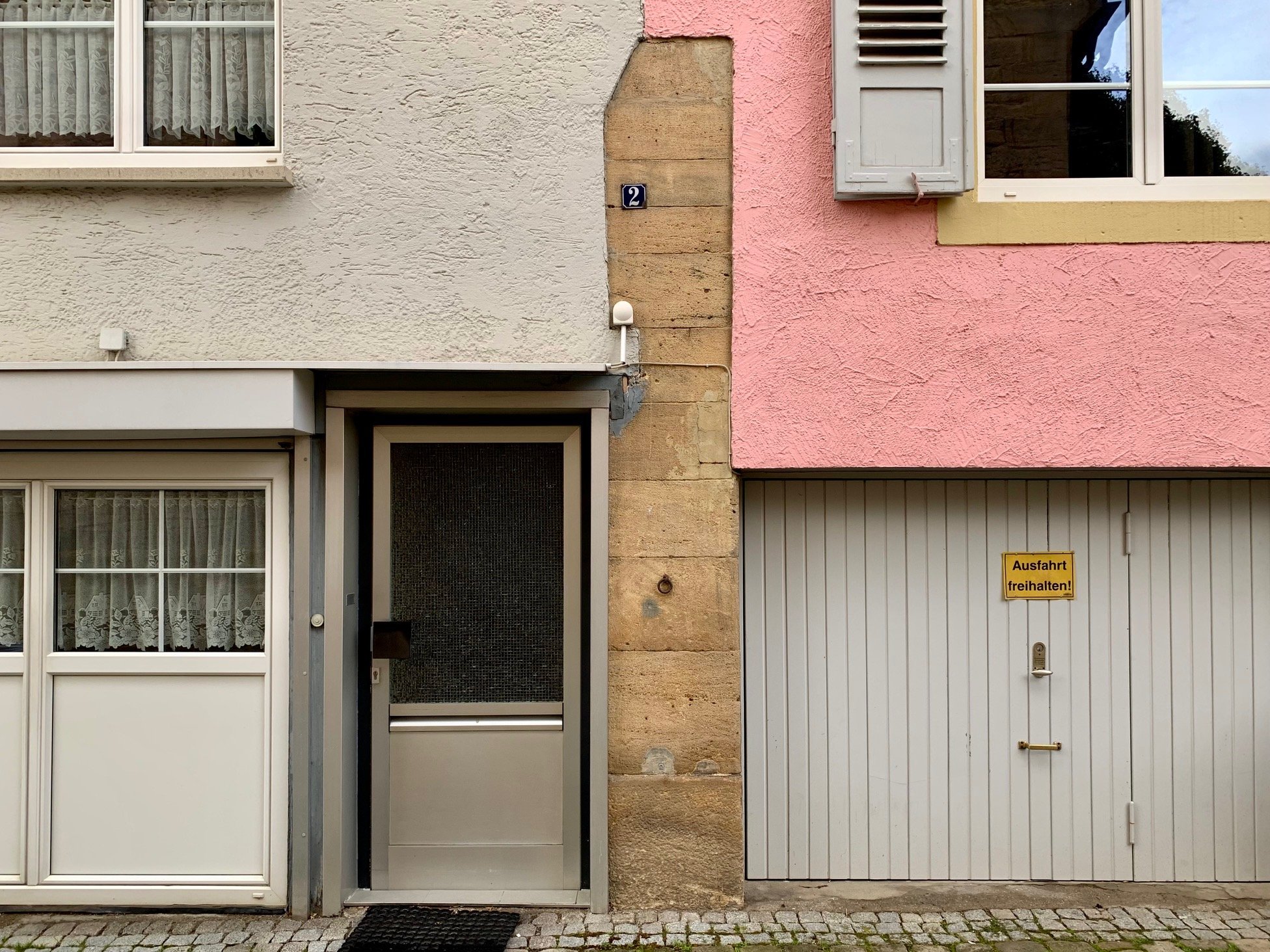Door Frames.













Photos by Simon Thorogood.
Wandering the back streets of the small city of Rottenburg am Neckar, I was struck by the number of houses not especially modernized.
In an otherwise affluent city, there was something both charming and comforting about the idea that the owners consider “this door is okay. I trust this door, I’ll stick with it.”
The doorways served as a measure of recent historical architectural styles, but without being a conspicuous expression of vintage or period. They just were.
Aside from architectural features, the doors and windows held other meaning – as portals to other worlds and other lives. They spoke about the idea of ‘passing through’ something; representing challenges, borders, conduits, outlets, points of departure, of entering and exiting, of emergence, of escape, and new beginnings.
As psychological representations, then, they are compelling and can tell us something about the particular conscious and unconscious doorways we periodically seek (or avoid) in life. From Janus, the Roman god of doorways, beginnings, endings, transitions and time, to Sigmund Freud’s notion of doors of psychoanalysis, doors and gateways have been used throughout a history of human culture as metaphor, symbol and storytelling device.
In the 1972 film The Godfather Francis Ford Coppola reputedly used doors to articulate and separate different characters, existences and status within the Corleone mafia family. In classical music, Britta Byström’s Ten Secret Doors (2010) is composed of ten interconnecting movements (or doorways) each with distinct sound-changes. In architecture, we might reference Lorenzo Ghiberti’s imposing bronze Doors of Paradise of the Baptistery of San Giovanni in Florence (1452), and in the fine arts, Marc Chagall’s Cubist Cemetery Gate (1917), has much to say to us again within the context of the war in Ukraine.
No doubt like many, I am engaged in a perpetual procedure of door searching – the ‘right’ door into something, the ‘right’ door out of something, and identifying those that can be safely left ajar.
But in the midst of such operation, and any anxiety this might entail, perhaps we need to occasionally remind ourselves as per the doors of Rottenburg that “this door is okay. I trust this door, I’ll stick with it.”

